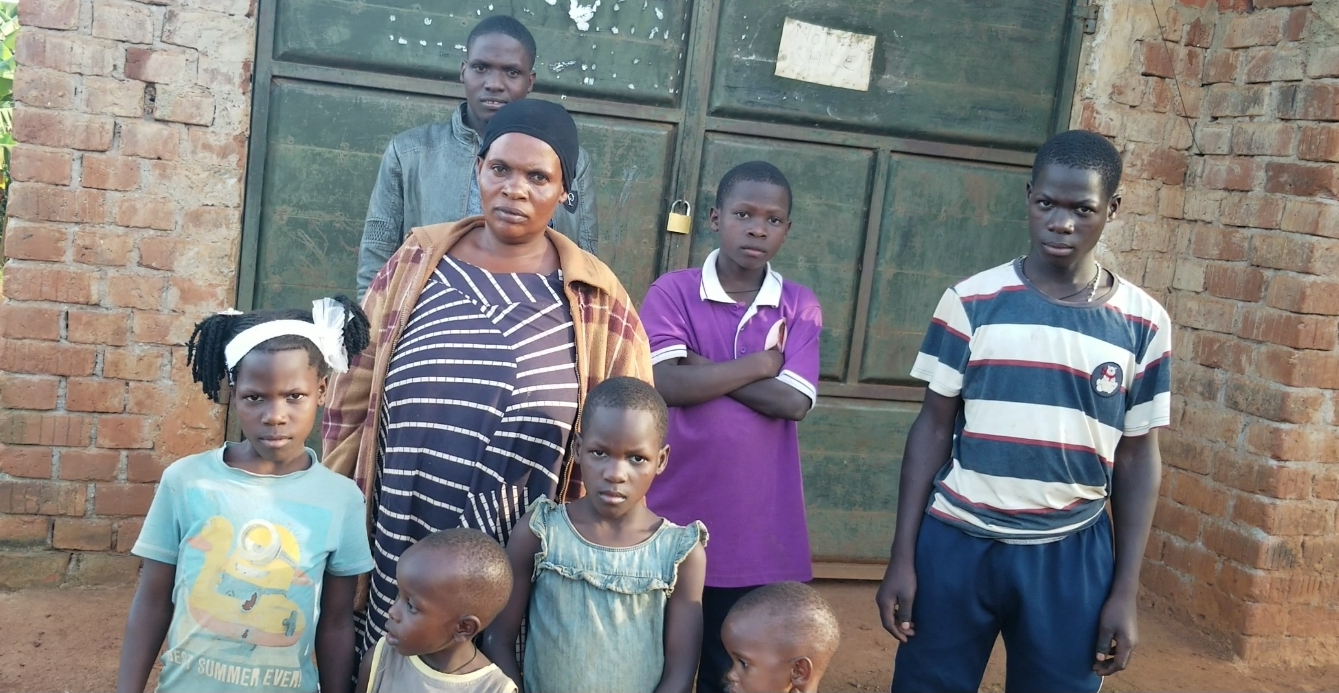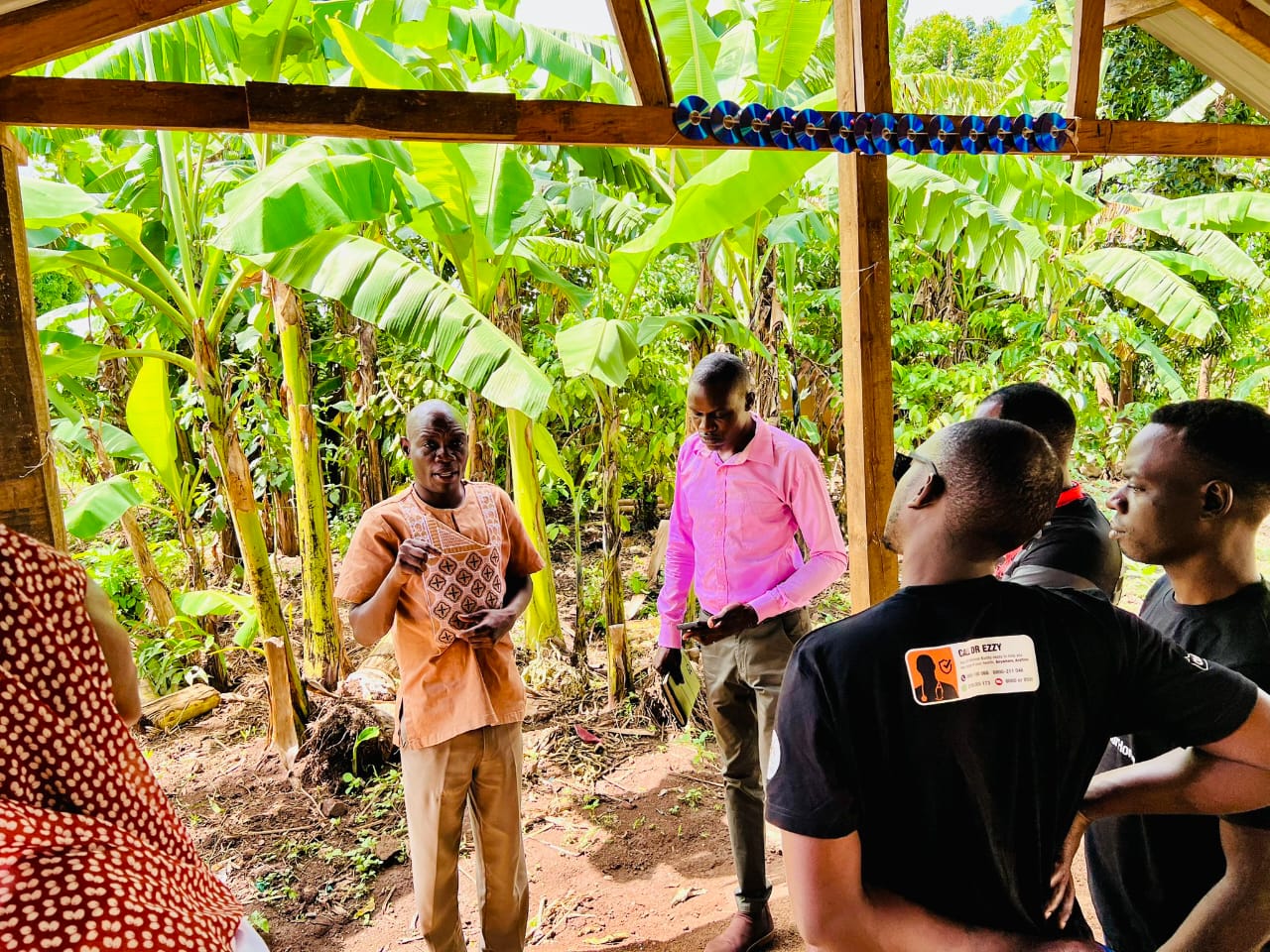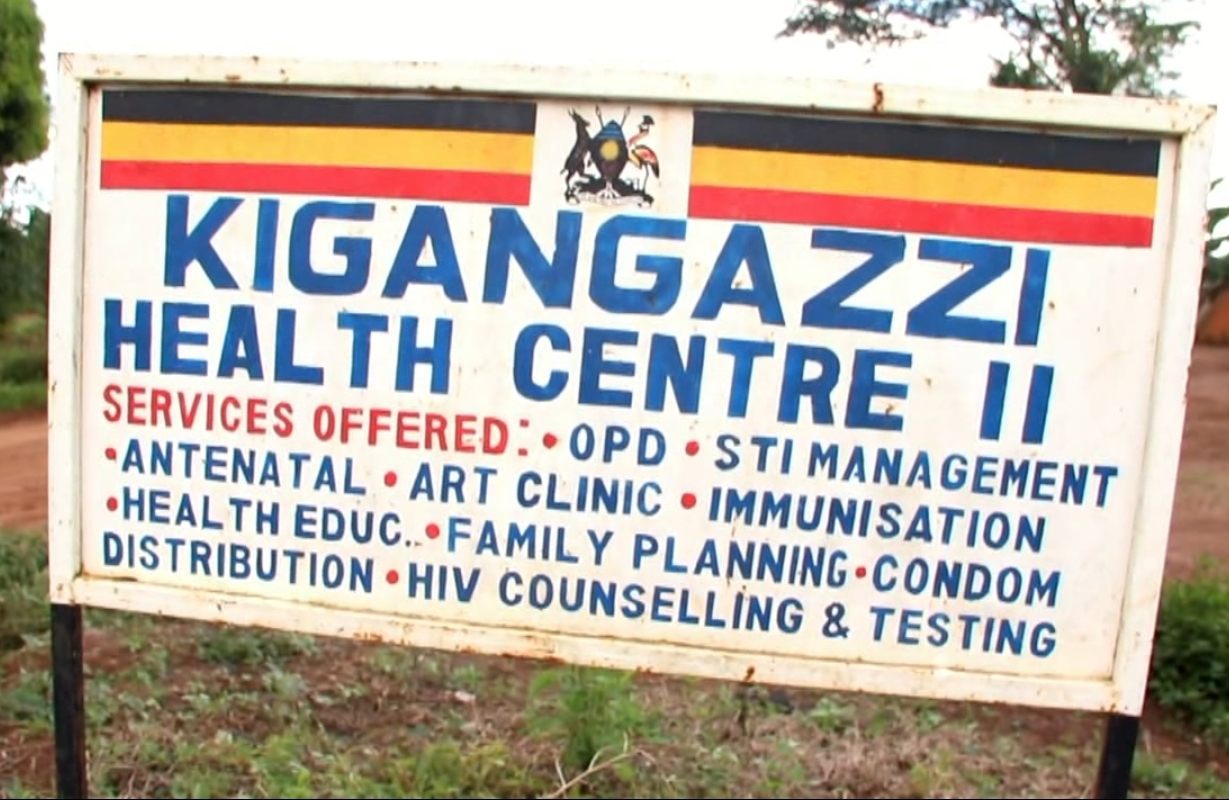New Research Aims to Reduce Mother-to-Child HIV Transmission in Uganda
A study by Mbarara University of Science and Technology reveals that in Uganda, approximately 2,750 newborns contract HIV annually due to mother-to-child transmission, often when mothers stop treatment during pregnancy or breastfeeding.
Tackling the source:
Seeking to address this critical issue, researchers launched the Placenta Antibodies and Child Outcomes (PACO) initiative, examining placentas from 618 HIV-positive mothers who received consistent care and monitoring for five years.
Keep Reading
Monitoring and collaboration:
Associate Prof. Ngonzi Joseph, leading the research, explained, "We collected placentas after birth and tracked the babies' health throughout." He emphasized that all mothers received close monitoring and referrals for any placental infections to prevent transmission.
Focus on the placenta:
Dr. Celestine Barigye, Mbarara Regional Referral Hospital Director, highlighted the study's focus, "The placenta is the primary route for mother-to-child transmission. Examining it allows us to understand the transmission process and educate mothers on infection prevention."
Missed treatment during breastfeeding:
The research also revealed that some mothers stop taking their medication during breastfeeding, unknowingly putting their babies at risk.
Informed consent and continuous monitoring:
All mothers in the program provided informed consent and received comprehensive care throughout pregnancy, childbirth, and breastfeeding.
Success story:
Muheesi, a resident of Kanungu, shared her experience, "I'm an HIV-positive mother of three, and all my children are HIV-negative thanks to this program I participated in for five years." She emphasized the importance of examining placentas to identify potential risks.
Looking ahead:
The PACO initiative exemplifies Uganda's efforts to combat mother-to-child HIV transmission through research, close monitoring, and collaboration between healthcare facilities and communities. The study's findings can inform future strategies to further decrease transmission rates and improve outcomes for newborns.



















